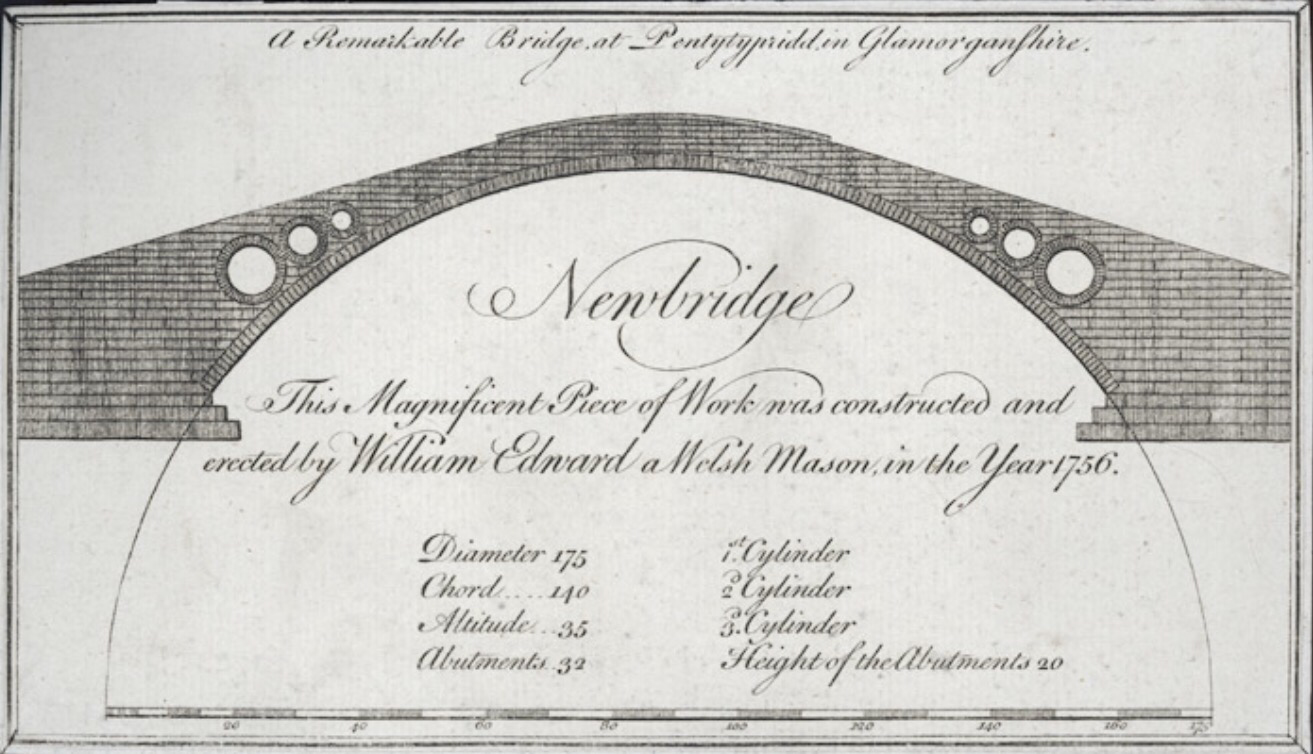 Public Sector Dog Walking Service?
Public Sector Dog Walking Service?Hands up who’s seen the picture of the dog being walked using a helicopter?
Apart from being a brilliantly surreal situation, it often gets used as a metaphor to illustrate badly designed services – usually in the public sector.
Take a simple service delivery objective – exercising the dog: …..to improve the dogs; health, wellbeing and social interaction.
Add some measurement requirements – For the wider community; dog walking will help prevent anti-social behaviour and stimulate the local economy through the purchase of dog treats… (sorry, I’ve lapsed into Local Service Delivery Plan speak).
You have the basic components: a dog, a lead, a person to direct the dog and somewhere to walk. What could possibly go wrong?
In the public service ‘example’ we get the introduction of a helicopter (for very good reasons) which is: very expensive, complicated to organise, extremely noisy and probably a bit dangerous.
However, if you think like a dog (try to achieve this try licking parts of your anatomy), it’s not as much fun as meandering around the park sniffing trees, lampposts and other dogs bottoms. Hardly an example of user centred design?
Reality is often stranger than fiction. That example is mildly amusing, but totally ridiculous you might be thinking, not the sort of thing that could ever happen around here…
Twice this week I’ve been out socialising, when people have told me stories about hugely complicated processes being using to deliver a simple service. All the strangeness of the helicopter dog walking was replaced by the mundane nonsense of bureaucracy gone wrong. Not as exciting to look at, but just as excessive and expensive, and in the one case it had a very negative effect on the person.
The helicopter dog walking image is a good way of illustrating a problem of badly designed services, but unfortunately it can be a bit too abstract for everyone to get the message. If you are sitting in the depths of a bureaucracy there is a fair chance you will miss the big picture. You can easily fail to appreciate what it feels like to be the dog (out sniffing things) and concentrate on procuring a helicopter.
But how about this, something most people will have seen, and will probably have contributed to, Desire Paths (Caminitos de deseo).
 I will not follow the inconvenient path designed by ‘Authority’
I will not follow the inconvenient path designed by ‘Authority’Desire Paths Basically these are the informal paths that people create around buildings, through parks and across towns. They are the way that people actually prefer to use to move from A to B rather than the route that has been ‘designed’ for them.
A tweet from Mike Dixon from the Citizens Advice Bureau alerted me to a group on Flickr that share photographs of Desire Paths. I cannot begin to tell you how pleased I am by this, particularly with the description of why Desire Paths exist: “It’s done against the will of some authority that would have us go in some less convenient way”. There is a great deal in that statement that anyone who designs or delivers services should ponder on.
Here are a few Desire Path gems to whet your appetite:
- The Flickr Desire Paths Group was created in 2006 and has 472 Member who have shared 634 pictures. Anyone can join (I have).
- The idea has been around a while. Look at the Spanish video below which features people looking suspiciously like 1950’s Town Planners.
- Caminitos de deseo is the Spanish version, with Oilfantenpaadjes (elephant paths) being used in the Netherlands. Yes, there is an excellent website olifantenpaadjes.nl full of videos, pictures and commentary.
- In Finland, the people who run parks are known to head out after fresh snowfall to check where people actually walk, so they can put the paths in those places.
- In the USA, Yosemite National Park officials looked at the informal paths people used to develop the overall management plan for the park.
- The Wikipedia article says they are also known as; social trails, goat tracks or bootleg trail
- Sony apparently waited to see where their employees walked before building footpaths at a site. I’m not sure about this one, my wife claims she’s heard about it from me? If anyone knows about it I’d be delighted to find out the detail.
Caminitos de deseo, here is that cool Spanish Video:
Where is the User Centred Design? When you think about helicopter dog walking and Desire Paths there seems to be a lack of thinking about what service users actually require. From what I hear, and read, the lack of user centred design isn’t restricted to these two areas.
 No more helicopter, please
No more helicopter, pleaseBut it’s not all bad news, there are reasons for hope. My experiences of co-production and working with organisations like Working With Not To make the think “there is another way”. There is also plenty of material and expertise available on user centred design, particularly from the digital industries, which has plenty of experts in UX (user experience). More on User Centred Design soon, in the meanwhile I’m off to walk the dog, minus the helicopter.
So, what’s the PONT?
- The delivery of straightforward activities can be over-complicated if you don’t think carefully about how services are designed.
- Service users know how things work best. Desire Paths are a good illustration of this.
- Involving service users in the design of services can bring in valuable ‘lived experience’ to get better result for everyone.

Leave a comment